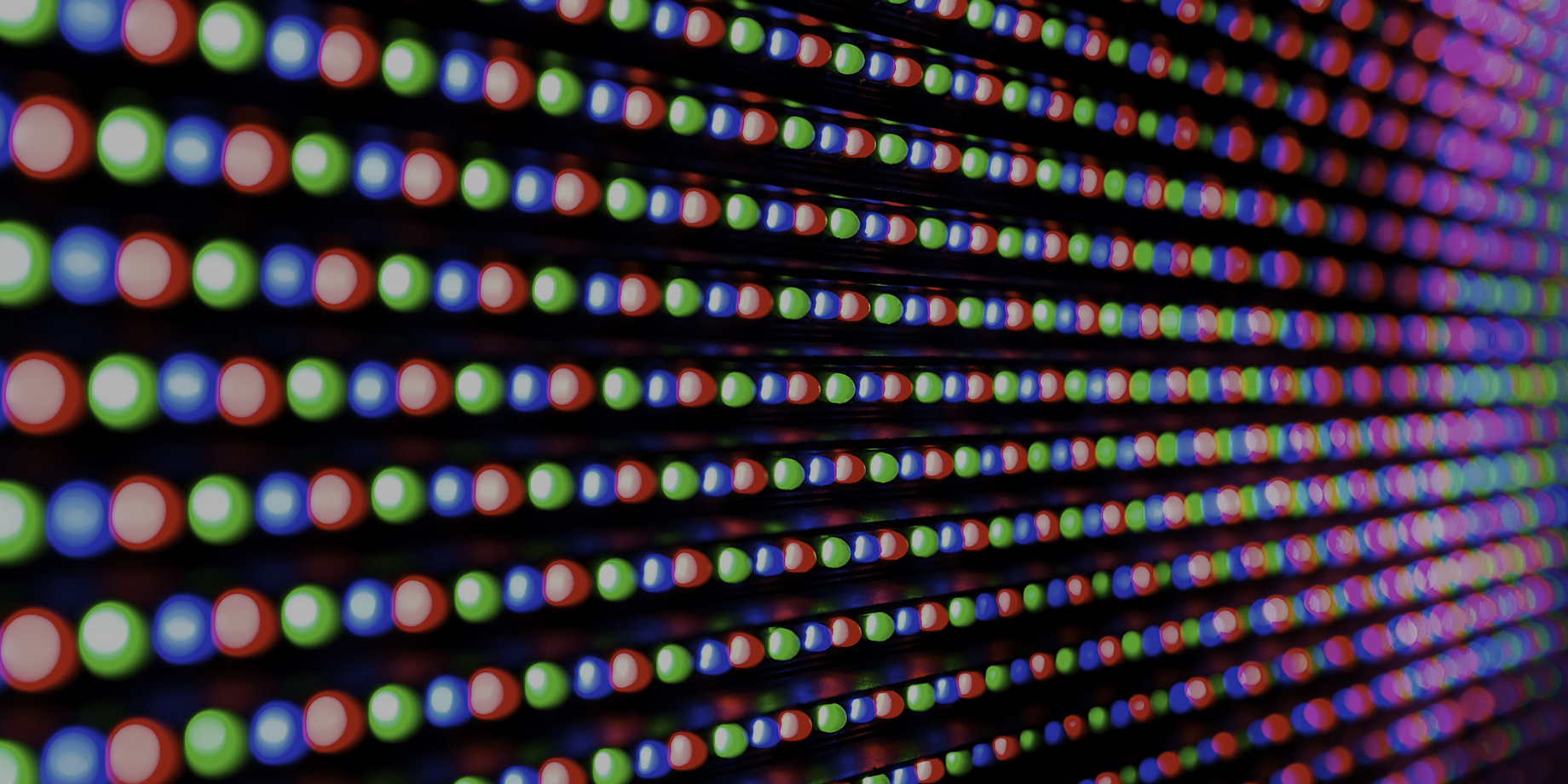Video standards around the world
When it comes to international control systems, every system is different. Different countries play different sports with different sets of rules, have different video resolutions, and use different power connectors and voltages. All of these present unique challenges that Daktronics works with every day. For example, in North America, NTSC color encoding is the standard […]
Daktronics Control Panel on 2/21/2017
Categories: Pro Sports and Colleges

When it comes to international control systems, every system is different. Different countries play different sports with different sets of rules, have different video resolutions, and use different power connectors and voltages. All of these present unique challenges that Daktronics works with every day. For example, in North America, NTSC color encoding is the standard which delivers a frame rate of 30 or 60 frames per second (FPS) using 525 individual scan lines, however in Europe, Australia, and parts of Asia, PAL color encoding is the standard, delivering 25 or 50 FPS using 625 scan lines. Furthermore, a concept that is also widely discussed in video throughout the world is whether to use interlaced, or progressive scanning methods.
Check out a few recent international video projects below:
In interlaced scanning, half the picture appears on the screen at a time, with the other half of the picture following 1/60th of a second later. For example, a 1080i video (1920px wide by 1080px tall) is composed of two videos, each containing 540 horizontal lines captured 60 times per second, with the video capturing either the even or odd set of horizontal lines out of the larger 1080 image. After that, every other frame is interlaced, or combined, with the one before it, taking the 60 frames of 540-line video into a single 1920×1080 image that changes 30 times per second. In progressive scanning, the whole frame appears at one time. A progressive video captured at 30 frames a second will play back as exactly that, while a video shot at 60 frames per second will also appear as such. When using interlaced video, it is possibly to achieve a frame rate that is higher than interlaced video because the speed of capture isn’t being cut in half by the interlacing process. This also makes video file size for progressive videos considerably larger because the entire image is being captured at one time. So which is better? For most displays, 720P, 1080i, and 1080p all create very clear high-definition images. Whether or not one is better is up to the viewer. No matter what the video type, Daktronics video processors are built to handle a multitude of resolutions. For questions about video resolutions that Daktronics video processors support, please call our technical support desk at 1-866-343-6018.

This post is by Ben, an application engineer from Daktronics International Services.




